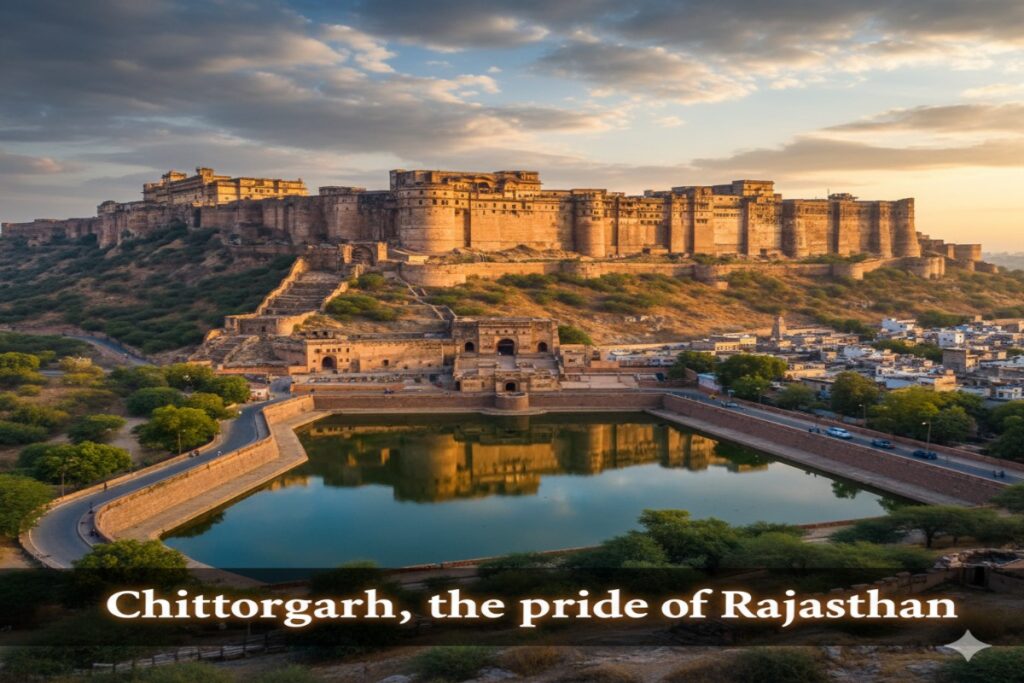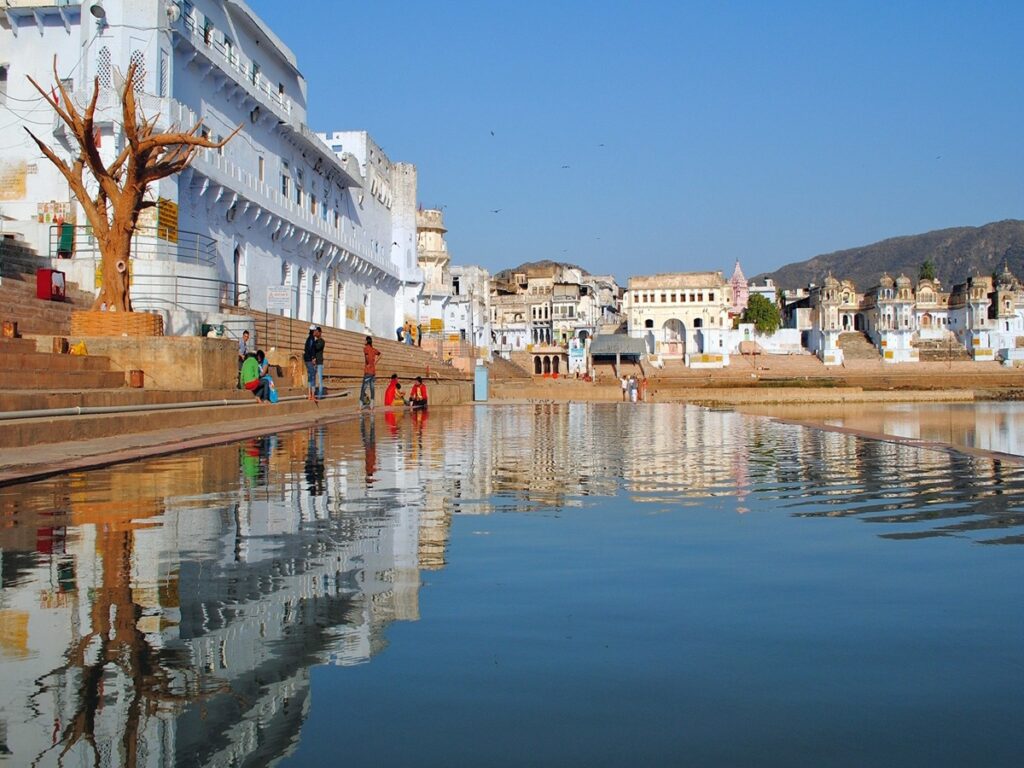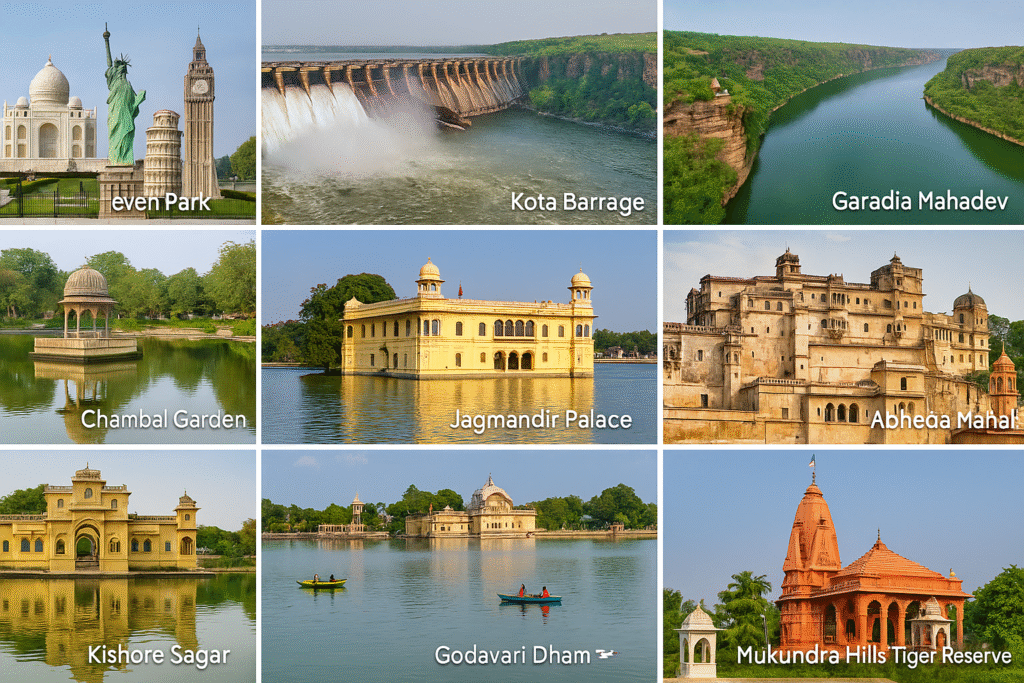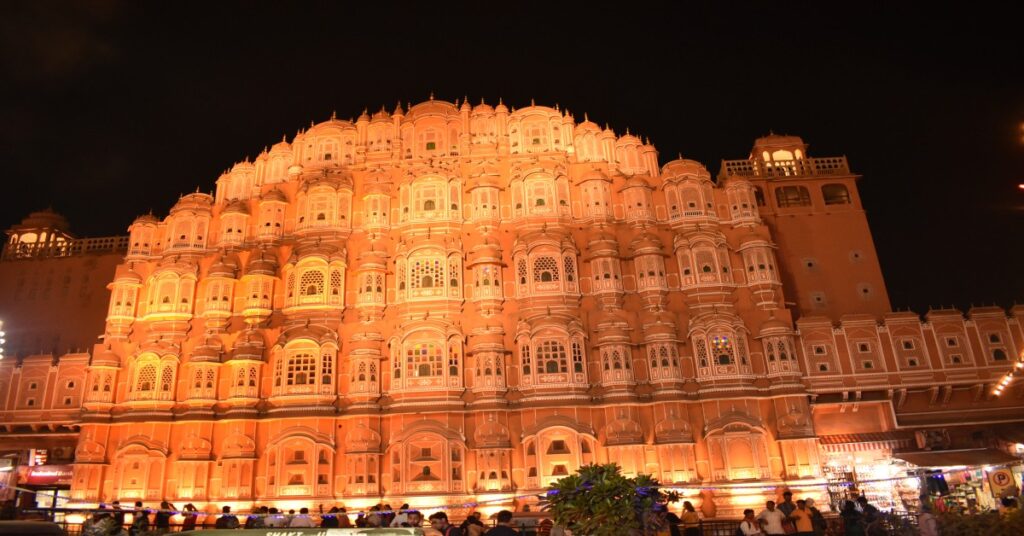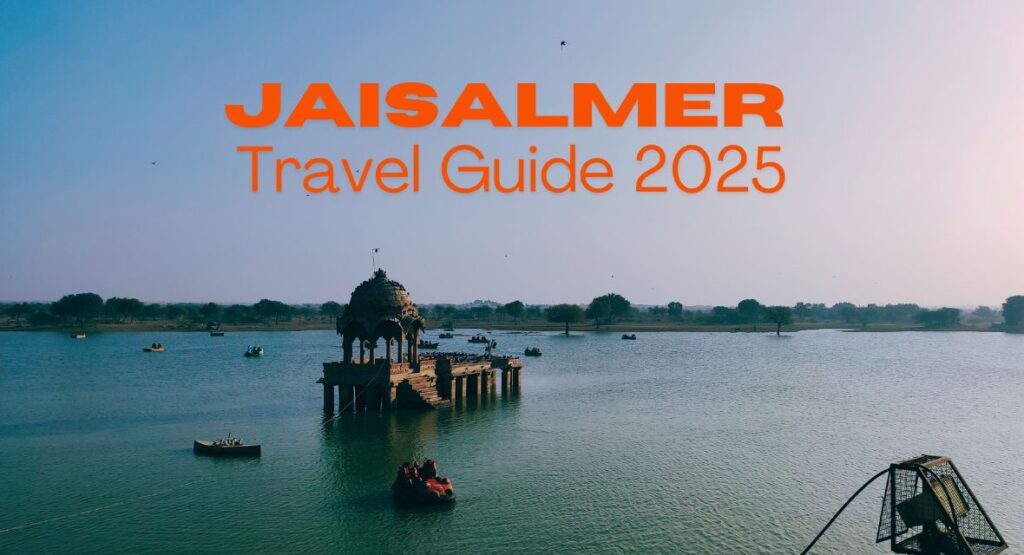Chittorgarh, the pride of Rajasthan – a symbol of Rajputana valour, pride and passion
Chittorgarh, a historical city located in the southern part of Rajasthan, is world famous for its heroic tales, stories of Rajputana valour, pride and passion. Spread over 700 acres and situated on a 180 meter high hill, this fort is also very famous for its beauty. The history of the fort is very old and turbulent. It is said that in its entire history, this fort has been attacked violently three times. Alauddin Khilji attacked the first time in 1303. The second attack was made by Sultan Bahadur Shah of Gujarat in 1533 and finally in 1568, Akbar attacked this fort and took it under his control. After this, in 1616, during the reign of Mughal Emperor Jahangir, this fort was returned to the Rajputs.
In this blog, we will tell you in detail about all the major sightseeing places of Chittorgarh so that you can also get acquainted with the beauty of this historical city.
1. Chittorgarh Fort
Situated on a 180 meter high hill, the Chittorgarh Fort is a bold symbol of the Rajput spirit. This fort has many magnificent monuments, some of which are unfortunately being destroyed over time. The walls of this fort resonate with the incredible stories of extraordinary men and women.
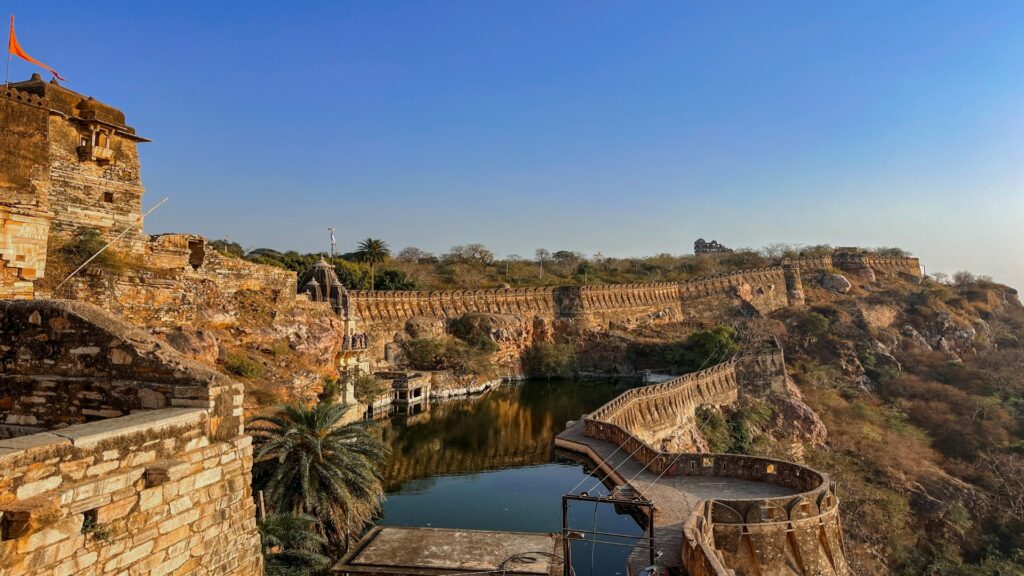
To reach the palace, you have to pass through 7 gates.
Padan Pol: This is the first gate of the fort.
Bhairon Pol: The second gate comes as soon as you move ahead of the first gate.
Hanuman Pol: This is the 3rd gate of the fort.
Ganesh Pol: This is the 4th gate.
Jorla Pol: Fifth gate.
Laxman Pol: Sixth gate.
Ram Pol and Surajpol: This is also the last and main gate of the fort.
Major attractions of Chittorgarh Fort:
- Rani Padmini Palace
- Kirti Stambh
- Vijay Stambh
- Gaumukh Kund
- Meera Temple
- Fateh Prakash Palace
This fort has also been included in the UNESCO World Heritage Sites.
2. Vijay Stambh
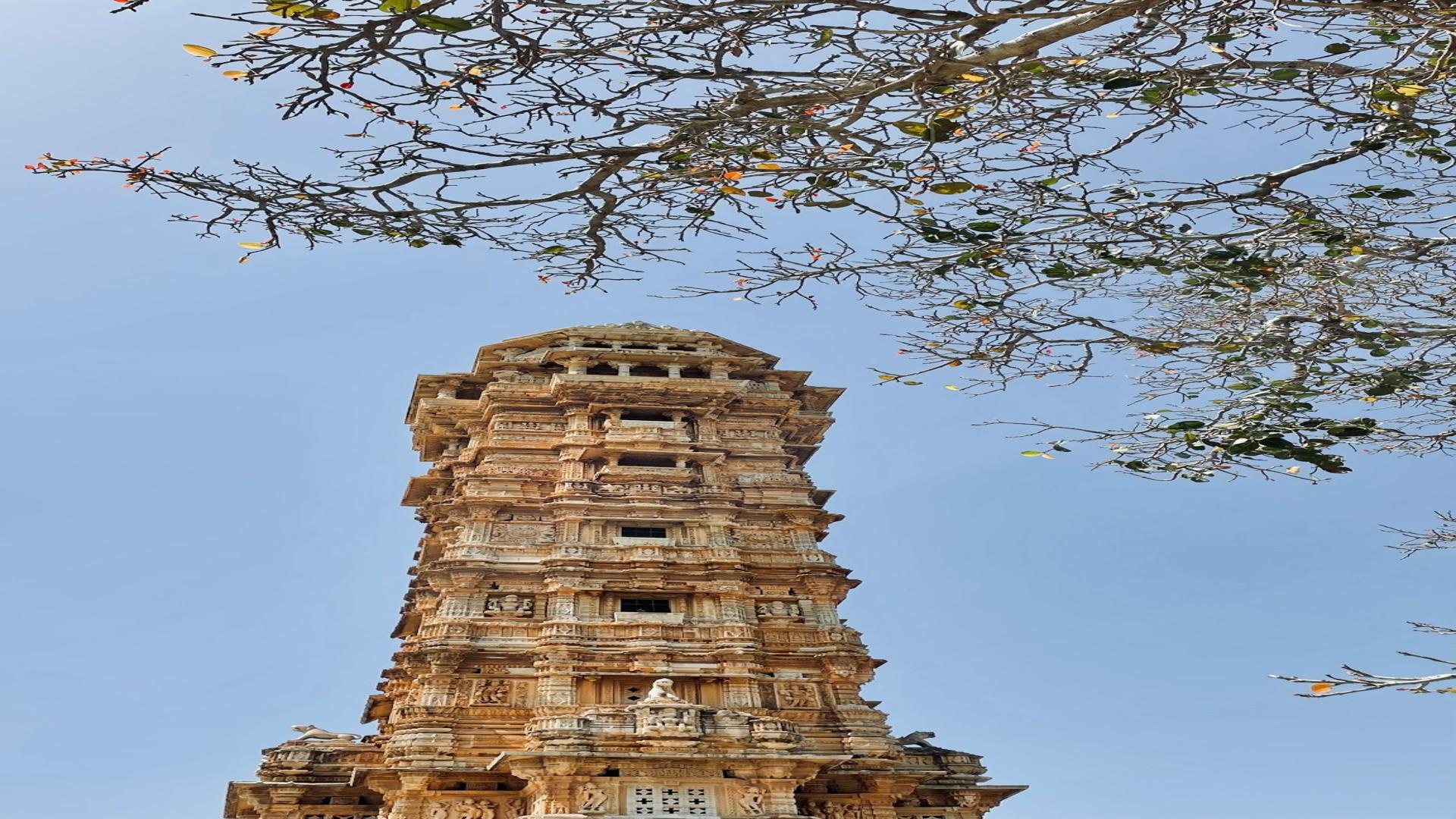
This 9-storey Vijay Stambh was built by Maharana Kumbha between 1440 AD and 1448 AD to immortalize his victory. Made of red sandstone, this pillar is no less than an architectural marvel. It is decorated with beautiful statues of Hindu gods and goddesses. By going to the roof from the narrow stairs of the pillar, one can see a spectacular view of the entire city from the balconies.
3. Kirti Stambh
This famous tower is dedicated to the first Jain Tirthankara Adinathji. Built in the 12th century and 74 feet high, adorned with figures of Jain saints, this seven-storey tower was built by a wealthy Jain merchant. Many Jain temples of Parshvanathji, Neminathji, and Adinathji are also located near it.
4. Rani Padmini Palace
It is a historic Jalmahal located inside the Chittorgarh Fort. This palace of Rani Padmini is a beautiful three-storey white building located in the middle of the pond. It was built as the summer residence of Rani Padmini. This palace is considered a symbol of honor, sacrifice and Jauhar.
5. Mirabai Temple
This temple is dedicated to Mirabai, the pioneer of devotion and an ardent devotee of Lord Krishna. It was in this temple that Meerabai worshipped Lord Krishna. In this temple, one can see the idols, paintings and bhajans related to Meera’s devotion. Its conical roof is visible from a distance. This temple is built in the traditional style of North Indian temples. There is an open veranda around it and four pavilions are built in its four corners.
6. Gaumukh Kund
Gaumukh reservoir is a deep pond which is a natural water source, located within the fort. A continuous stream of water flows from Gaumukh. From a religious point of view, the local people consider this pond very sacred.
7. Kalika Mata Temple
Built in the eighth century AD, this temple was earlier famous as a sun temple. In the fourteenth century, Rana Hamir rebuilt this temple and dedicated it to Goddess Kali Maa, a symbol of power and valor. This temple is also considered a pilgrimage site for Shakti worshippers.
8. Fateh Prakash Palace & Museum
This palace built by Maharana Fateh Singh has now been converted into a museum. Earlier this palace was known as his residence. This palace was built in Rajput architectural style to reflect his interest in art and culture. Inside this palace, there is a huge collection of weapons like ancient shields, clay replicas of regional tribals dressed in traditional costumes, paintings and crystal utensils.
Time: 9:45 am to 4:45 pm.
Note: Entry fee: ₹20 for Indians, ₹10 for children, ₹100 for foreign tourists, ₹50 for children of foreign tourists.
9. Rana Kumbha Palace
One of the largest monuments of Chittor Fort is Maharana Kumbha Palace. This ancient palace has become a ruined building due to lack of renovation. There are many cellars beneath the palaces which were probably created due to the construction of new palaces over the chambers of the old palace. The main entrance to the palace is the Tripolia Gate, which is currently closed.
10. Tulja Bhavani Temple
This temple located inside the fort is dedicated to Goddess Durga, which was built by Das Banvir in the 16th century. The idol of Ashtabhuja Devi is present here. Banvir was a great devotee of Tulja Bhavani and he got this temple built by donating gold equal to his weight.
11. Lakes and ponds
There are many small ponds and lakes around the fort like Ratneshwar pond, Padma Sarovar and Bhil Kund. Sitting on the banks of these lakes, you can also experience the peaceful atmosphere of Chittorgarh Palace.
12. Sati ki Chhatri
Sati ki Chhatri reminds of those brave women inside the Chittorgarh fort where queens and Rajput women decided to be Sati (Jauhar) after the death of their husbands. Sati ki Chhatri is a symbol of sacrifice and bravery of those Rajput women.
✨ Time to visit Chittorgarh:
October to March is the most suitable season to visit Chittorgarh because in this season all the ponds and lakes are full of water.
If you want to visit Chittorgarh, then keep a full day for yourself because the Chittorgarh fort is very big from inside, which can take you a whole day to see.
If you take the help of a local guide, then your journey can be even more thrilling.
🔍 Conclusion
Chittorgarh, also known as the pride of Rajasthan, is a place where every fort, building, and wall tells a story. If you are also looking for a trip full of history, culture, sacrifice, courage, and bravery, then Chittorgarh will be the perfect destination for you.
Do visit this historical city and enjoy all these sightseeing places.

